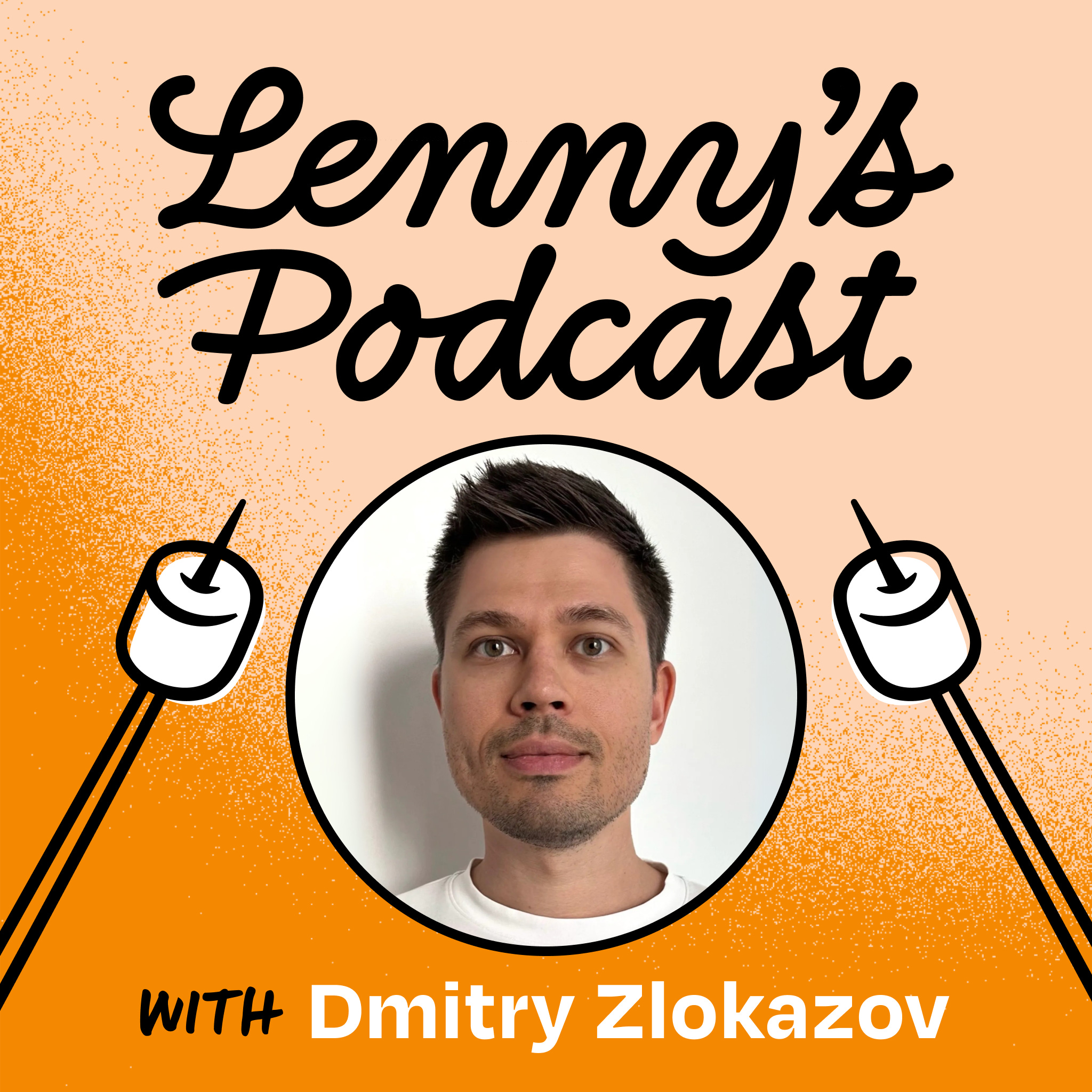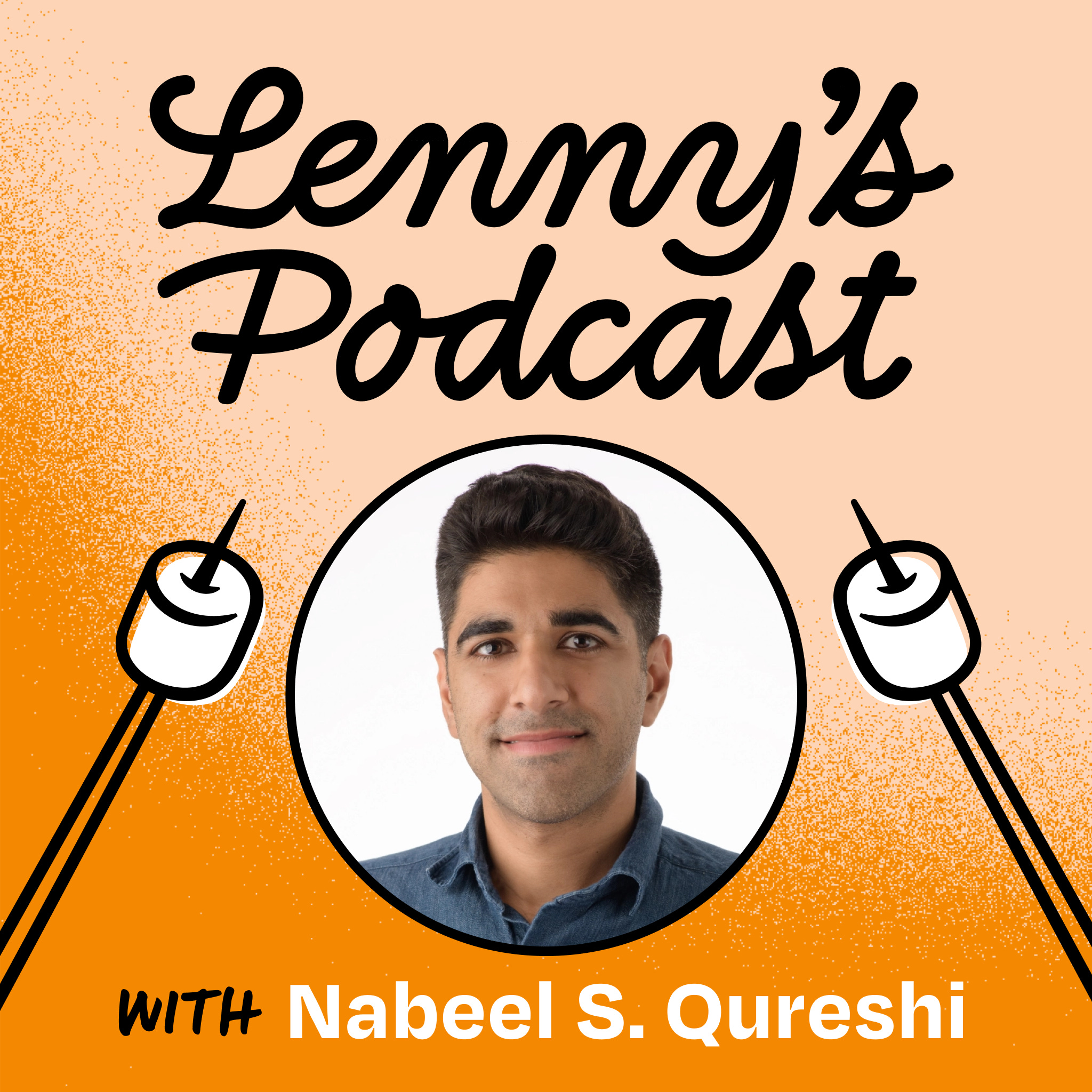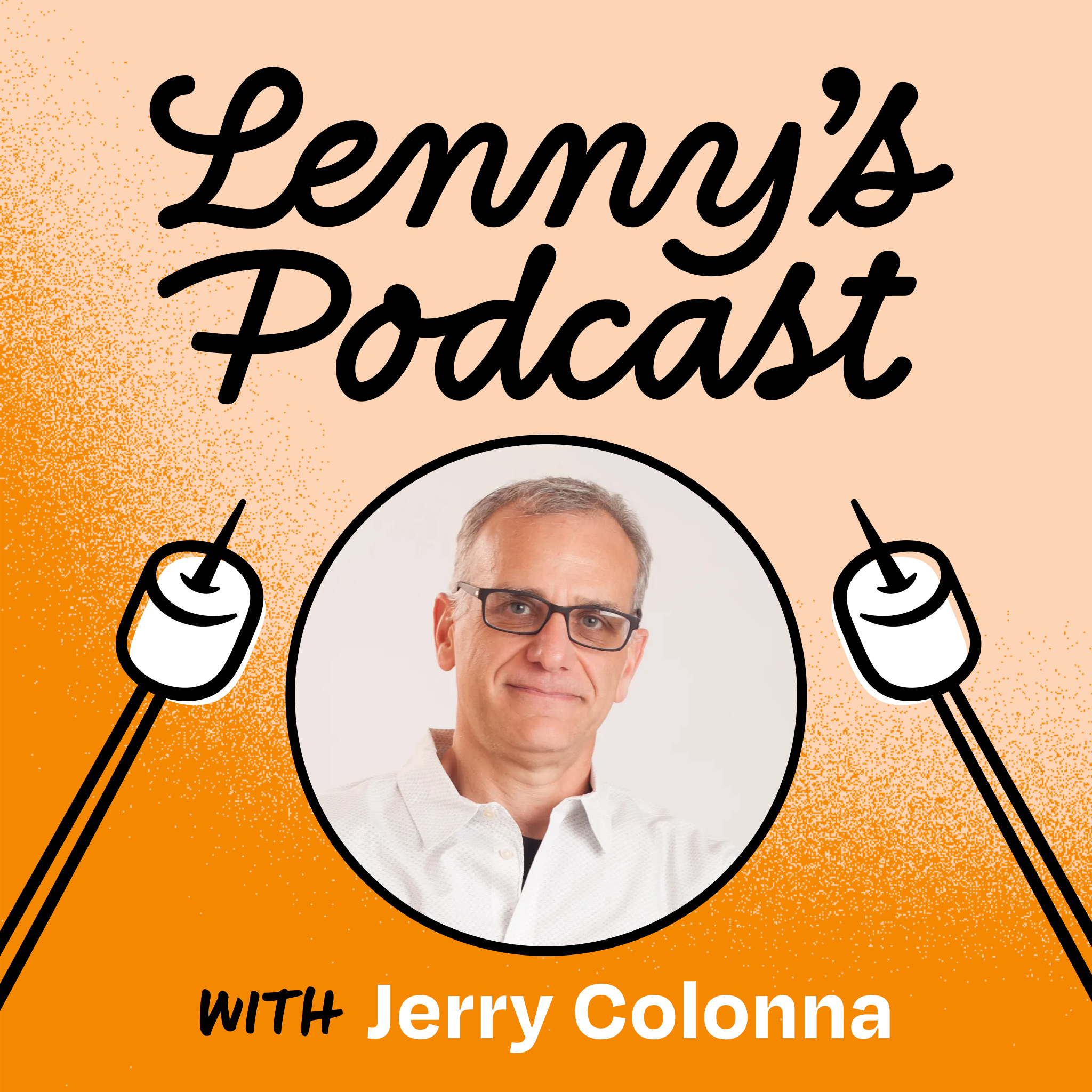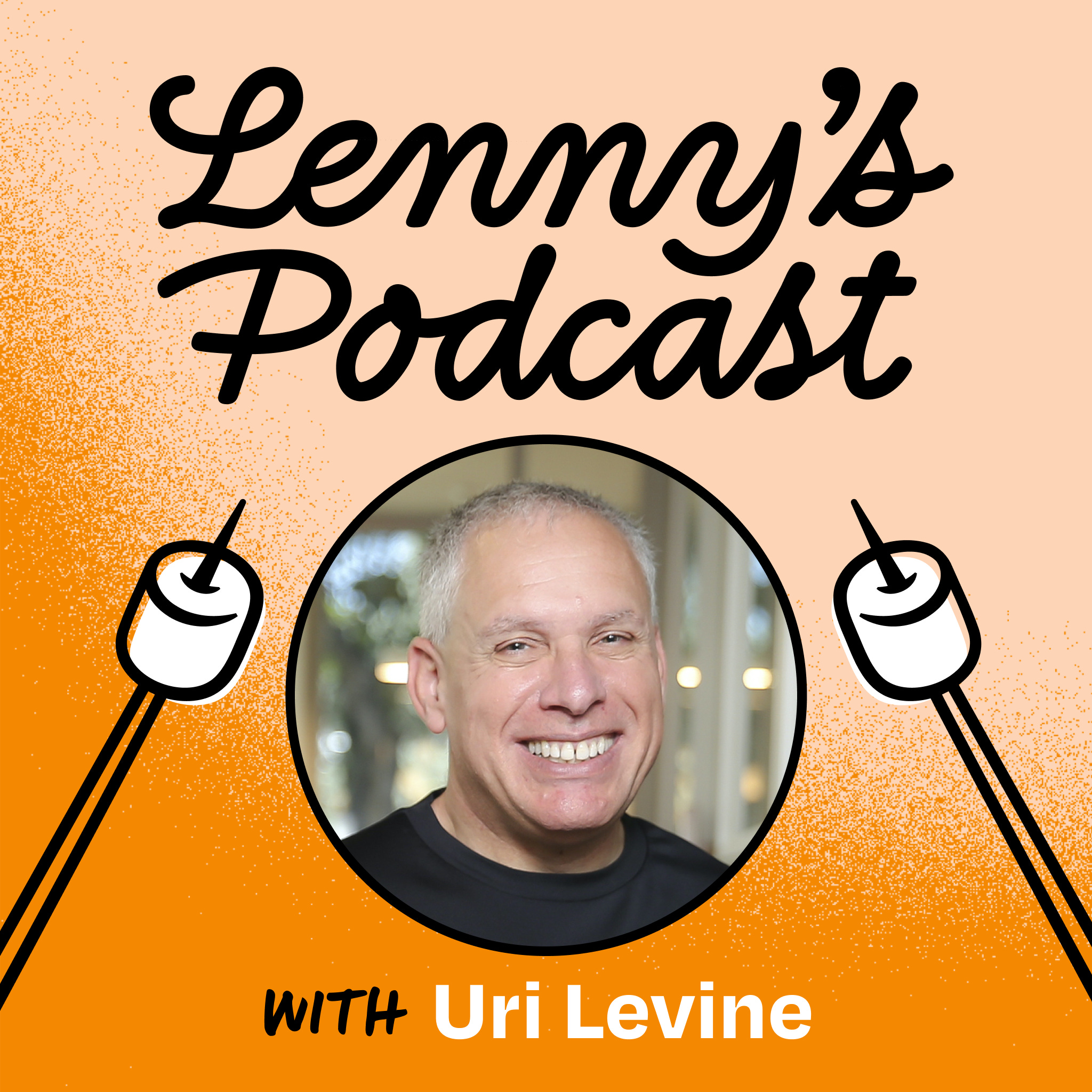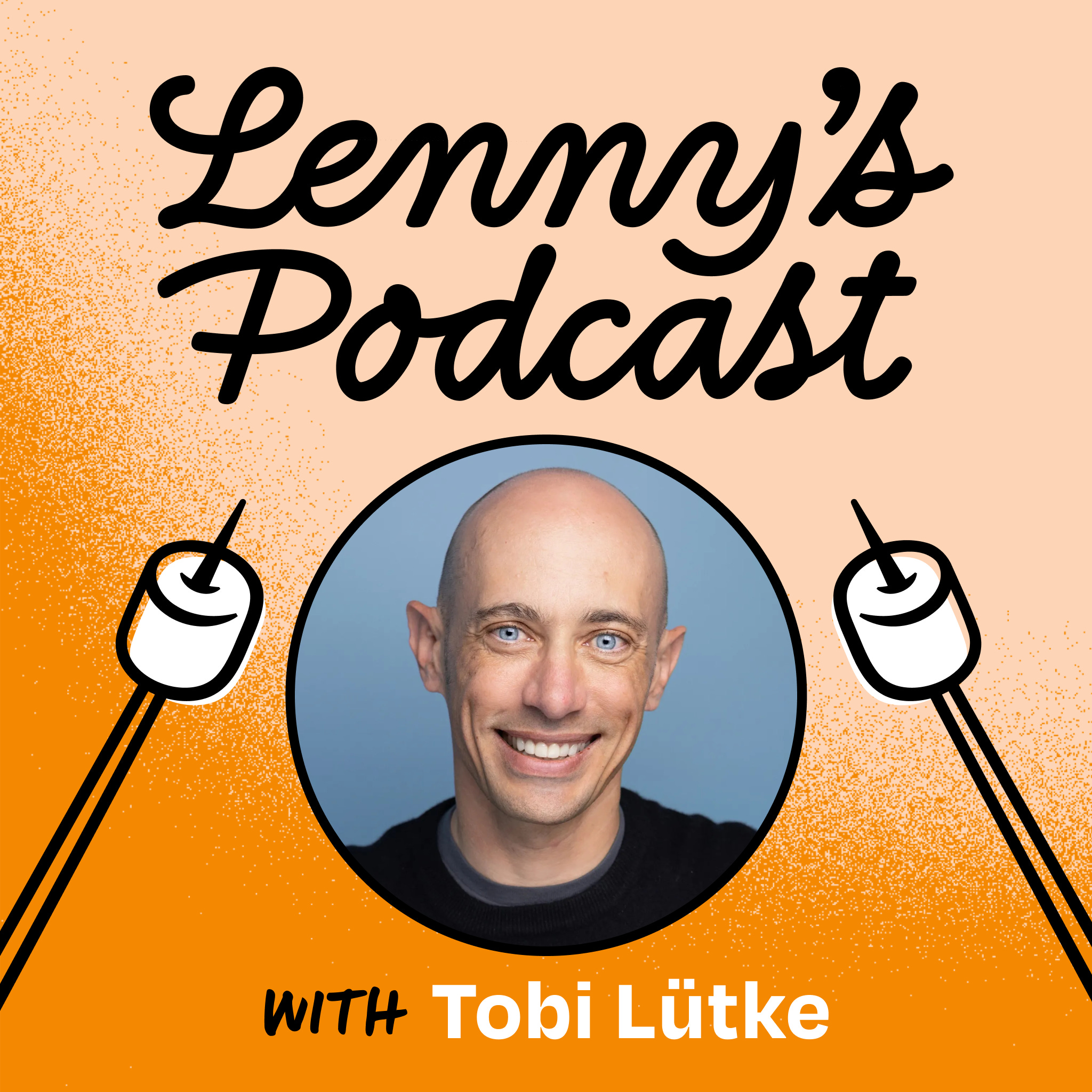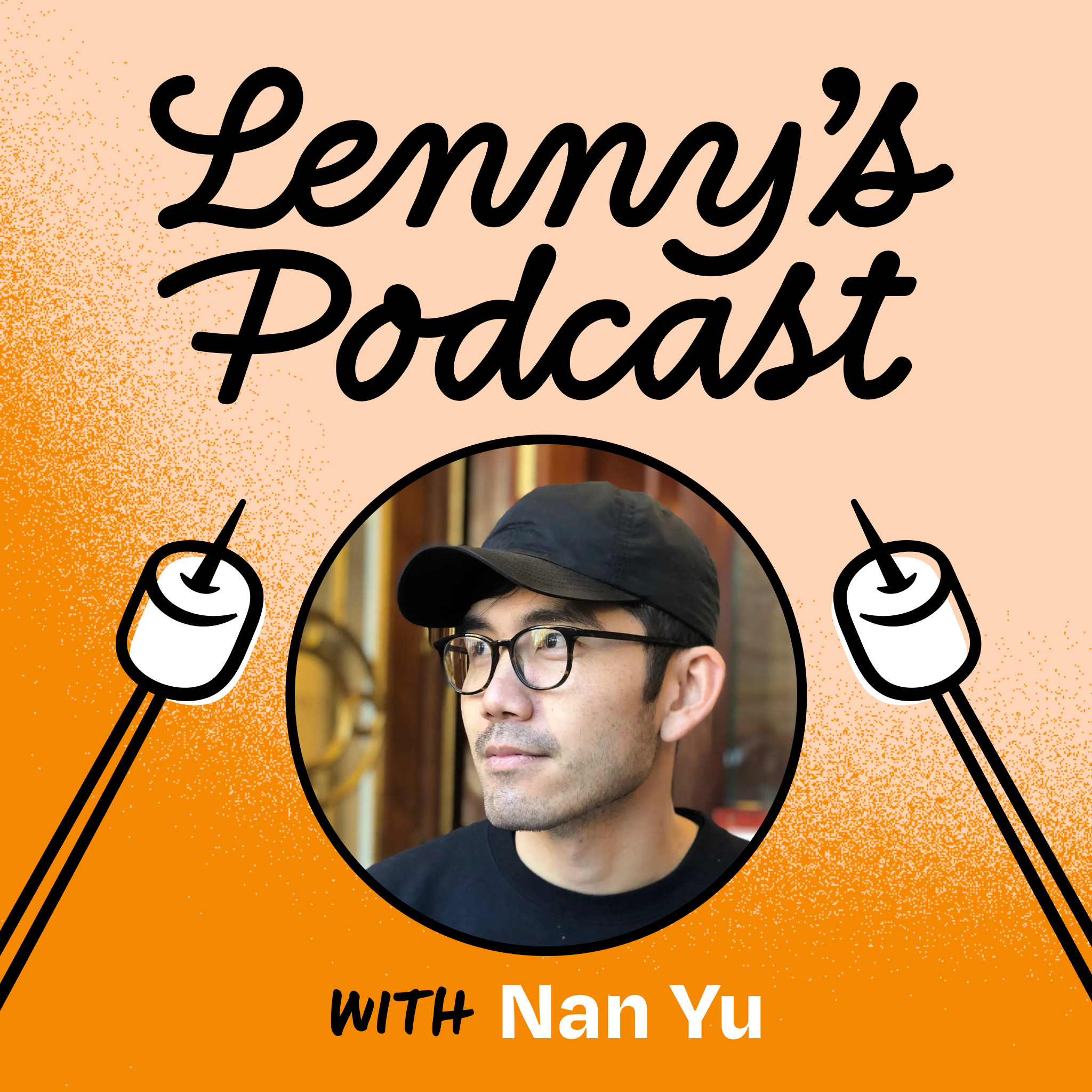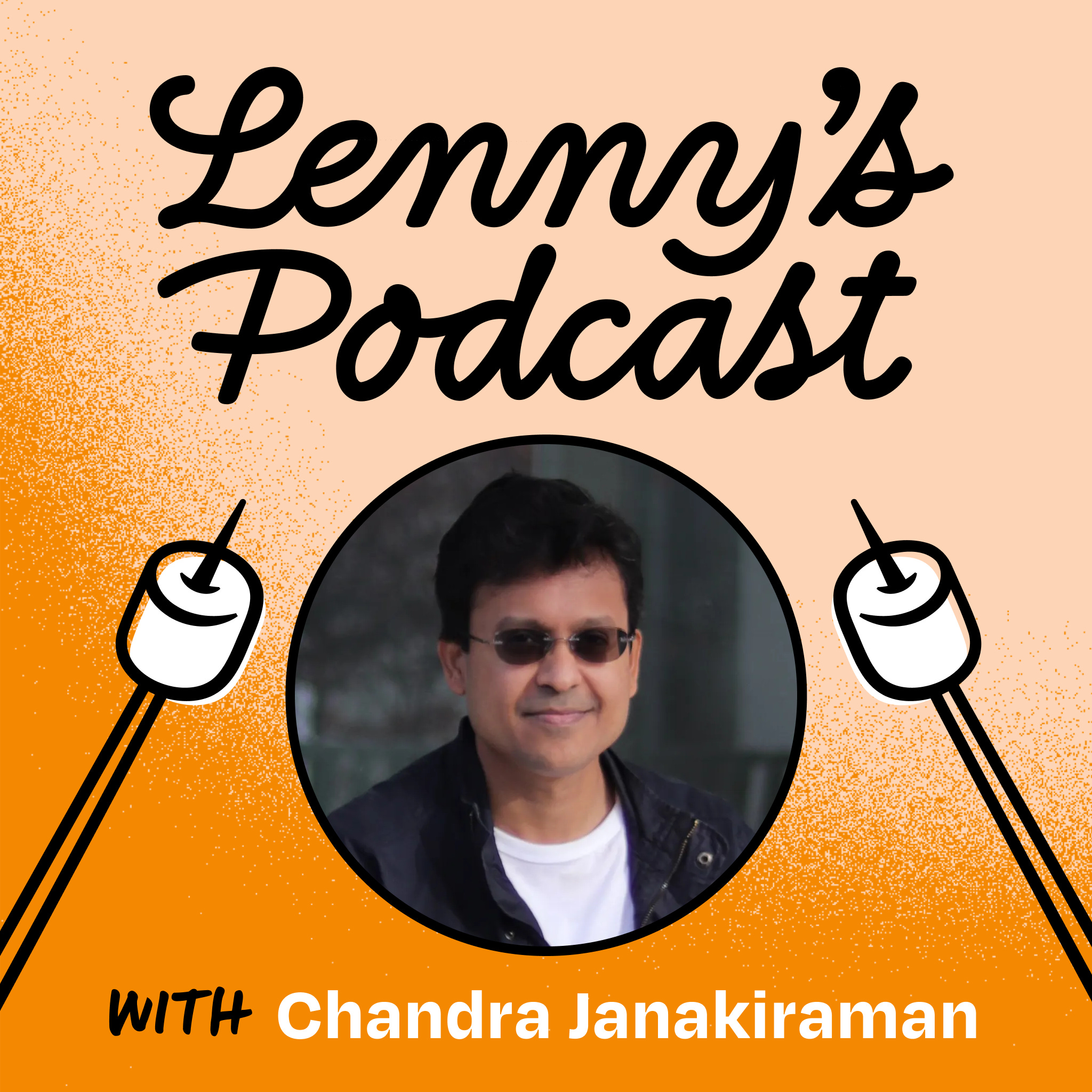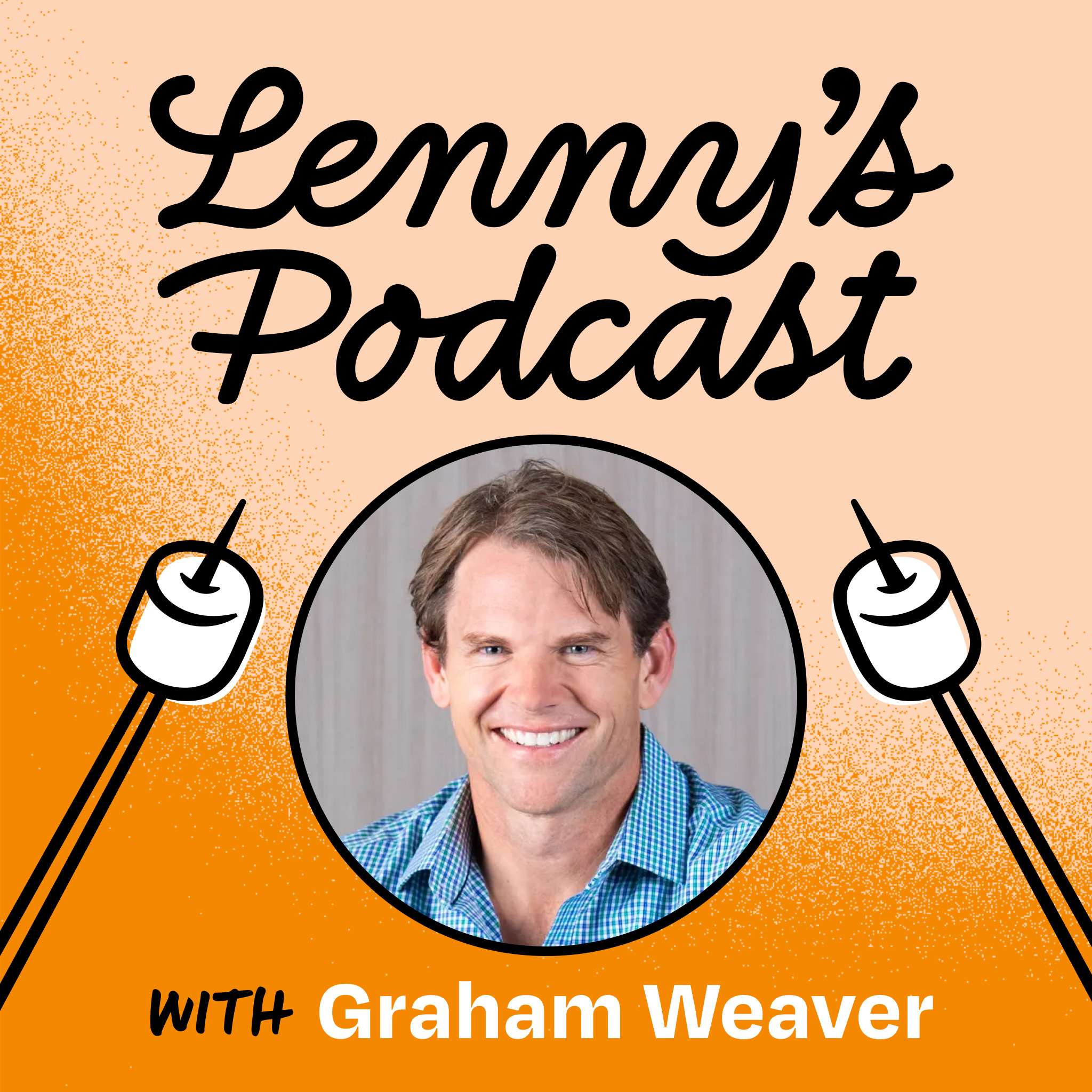
April 28, 2024 • 1hr 35min
Twitter’s former Head of Product opens up: being fired, meeting Elon, changing stagnant culture, building consumer product, more | Kayvon Beykpour
Lenny's Podcast: Product | Growth | Career
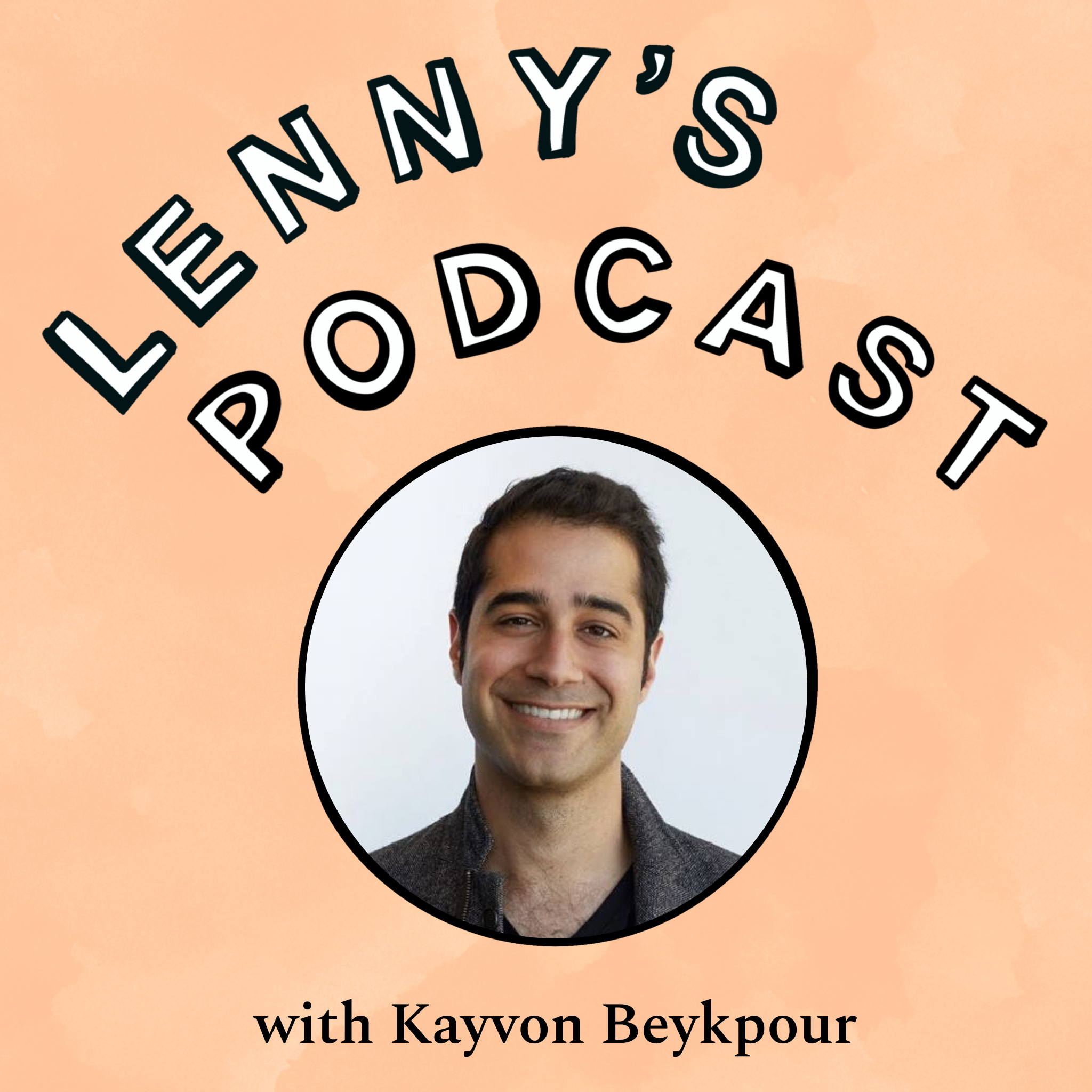
Key Takeaways
- Changing product culture at a large company like Twitter requires alignment from leadership, persistence through bureaucratic challenges, and a willingness to challenge "sacred cows"
- Acquihires of entrepreneurial founders can be an effective way to drive cultural change and ship ambitious new features at a large company
- Frameworks like Jobs to be Done can be helpful but should not be followed religiously - nuance and judgment are still required
- Live video streaming products like Periscope are difficult to sustain as standalone apps - they need to be integrated into larger social platforms
- Copying successful features from competitors can be done tastefully if you put your own spin on it and focus on serving your users' needs
- To build better consumer products, be a voracious user of many products yourself to develop product sense and taste
Introduction
Kayvon Beykpour was the longest-serving head of product at Twitter and GM of Twitter's consumer division until the platform was acquired by Elon Musk. He originally joined Twitter in 2015 through the acquisition of his company, Periscope, the largest live video streaming platform at the time. In this wide-ranging conversation, Kayvon shares insights on transforming product culture, competing with tech giants, building consumer products, and lessons from his time leading product at Twitter and founding Periscope.
Topics Discussed
Getting Elon Up to Speed at Twitter (4:35)
Kayvon recounts his surreal experience meeting with Elon Musk shortly after the Twitter acquisition:
- Had a FaceTime call with Elon, then an in-person meeting at Twitter HQ
- Walter Isaacson was silently observing the entire conversation
- Discussed Twitter's past, future, and Elon's vision for the platform
- Felt conflicted about returning to Twitter after being fired, but found the conversation exciting
"It was sort of really bizarre and unique and surreal seeing that glimmer in someone else who was like, yeah, I also just bought this thing, so I can actually do whatever the h**l I want. And by the way, here's some crazy dreams I have for doing it."
The Story of Being Let Go from Twitter (11:52)
Kayvon shares the details of his departure from Twitter:
- Was promoted to GM of Consumer shortly before going on paternity leave
- While on leave, Elon Musk drama unfolded with Twitter board
- The day after returning from hospital with newborn, was let go by CEO Parag Agrawal
- Reason given was taking team in a "different direction"
- Found timing frustrating and confusing, especially with Elon's pending acquisition
"That night, Twitter signed a term sheet with Elon to sell the company. So a lot happened in a very short period of time."
Changing the Product Culture at Twitter (21:54)
Kayvon discusses the challenges of transforming Twitter's risk-averse culture:
- First year as head of product was politically and bureaucratically exhausting
- Functional org structure made consensus-building difficult
- Focused on changing lack of ambition and creativity
- Used "sacred cows" as a roadmap for what to change
- Faced resistance even on small features like "hide replies"
"We wanted to change the lack of ambition, the lack of creativity, the lack of customers feeling that the product changed at all."
Acquihires and Their Impact (34:26)
Kayvon explains how acquihires helped drive innovation at Twitter:
- Acquired small companies to bring in entrepreneurial founders
- Gave these founders responsibility to lead ambitious new projects
- Examples: Spaces, Communities, Birdwatch/Community Notes
- Founders had startup mentality but resources of large company
- Effective way to accelerate cultural change and ship new features
"A lot of our most ambitious bets that were the riskiest and most misaligned with how the product worked or there was no easy staff with them built on top of a lot of those bets were driven by founders who we basically acquired and said, here, you're going to run this."
The Limitations of Frameworks like Jobs to be Done (46:46)
Kayvon shares his perspective on product frameworks:
- Jobs to be Done was exhausting and not particularly helpful at Twitter
- Any framework followed too religiously loses nuance
- Frameworks can make teams lose sight of customer experience
- Need to balance metrics with product judgment and taste
- Example: Twitter optimizing for DAU at expense of user experience
"You need to have nuance in how you leverage these frameworks. Otherwise people, you lose the forest through the trees and you end up following a process for the sake of following a process."
Lessons from Building Periscope (57:29)
Kayvon reflects on his experience founding and running Periscope:
- Early beta user was Kobe Bryant, who initially trolled then praised the app
- Failed to address core retention issues while growing rapidly
- Live-only product was not durable without asynchronous features
- Integration with Twitter took too long
- Facebook aggressively copied and outcompeted with resources
"I still am very skeptical that there can be a consumer product that is just focused on live video, like a generalized synchronous live video application for short form video I don't think can be durable on its own."
The Challenges of Implementing Video at Twitter (1:07:25)
Kayvon explains Twitter's struggles with video strategy:
- Competed internally between Vine, Periscope, and native Twitter video
- Separate teams and tech stacks for UGC vs premium live video
- Wasted time and resources before eventually integrating
- Lack of unified leadership led to conflicting decisions
"Rather than have a cohesive technical and product vision for how to embrace live video across the spectrum of UGC and premium live video, Twitter put a separate team in charge of premium with a separate product, separate technology stack."
Copying Ideas in Good Taste (1:12:05)
Kayvon discusses when it's appropriate to copy competitors:
- Focus on doing the right thing for customers
- Copying can be done tastefully or in poor taste
- Twitter Spaces inspired by Clubhouse but with own spin
- Moved quickly to avoid missing out like with Vine/Periscope
"I think copying ideas can be done in poor taste and can be done with taste. I think some of the people who copied periscope did so in poor taste. Can't blame them. I just. I wouldn't have done it the same way, but it worked."
How to Get Better at Building Consumer Products (1:17:58)
Kayvon shares advice for improving product skills:
- Be a voracious user of many different products
- Try new things to develop taste and product sense
- Don't be quick to judge - some "dumb" ideas become meaningful
- Sci-fi and fantasy can help spark imagination and creativity
"The best cheat codes for getting better at building products is just being a voracious user of products and just trying new things, feeling out what works well, what doesn't, what you like, what you don't like."
What Kayvon is Building Now (1:19:51)
Kayvon teases his new startup:
- Building something new in the consumer space
- Started company with co-founders late last year
- Not ready to share details yet but will announce soon
Conclusion
Kayvon Beykpour's experiences leading product at Twitter and founding Periscope offer valuable insights for product leaders and entrepreneurs. His lessons on transforming product culture, leveraging acquihires, balancing frameworks with judgment, and building consumer products highlight the challenges and opportunities in tech product development. As he embarks on his next startup venture, Kayvon's perspective on innovation, competition, and product sense will likely continue to shape the consumer tech landscape.
